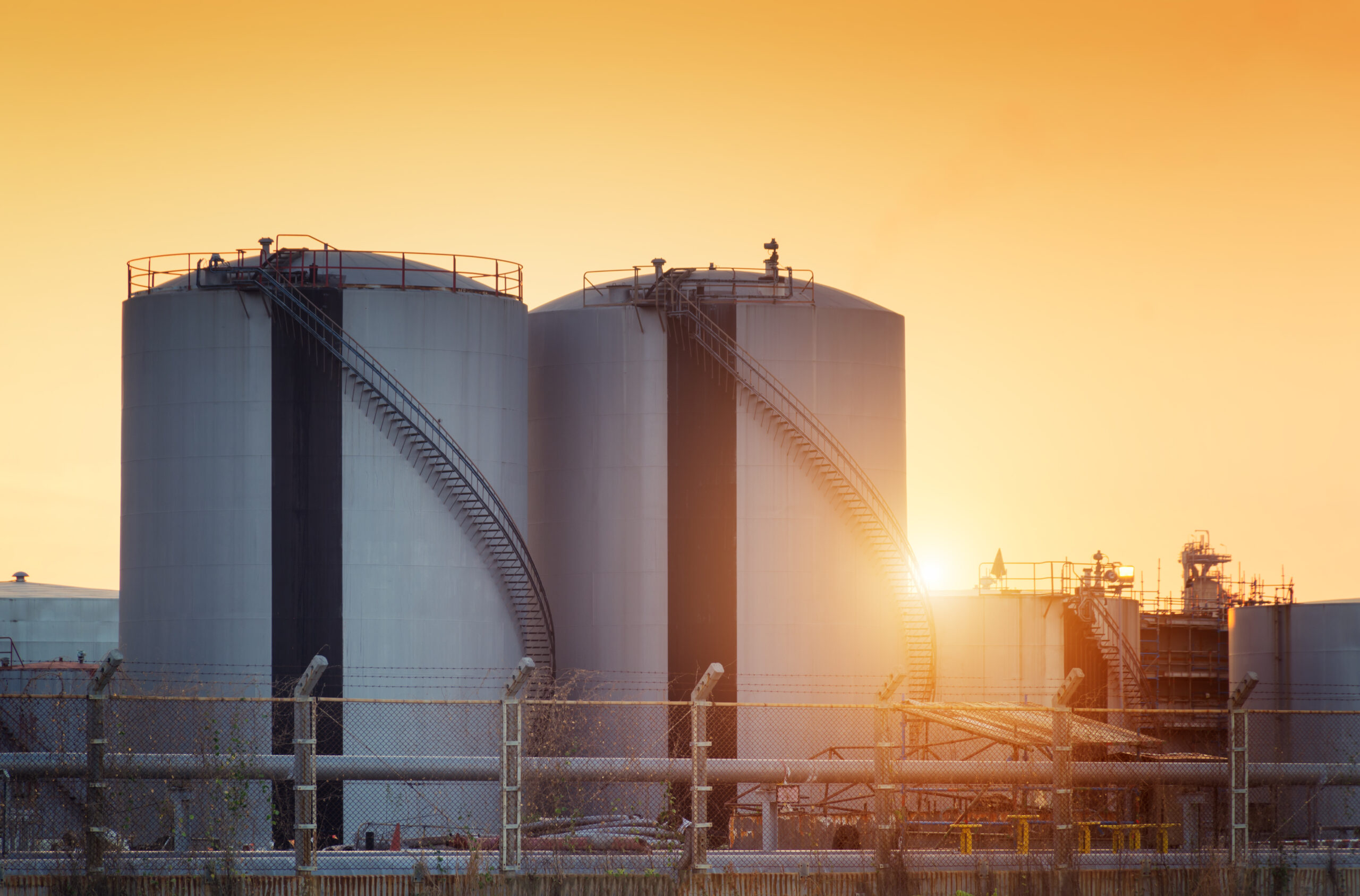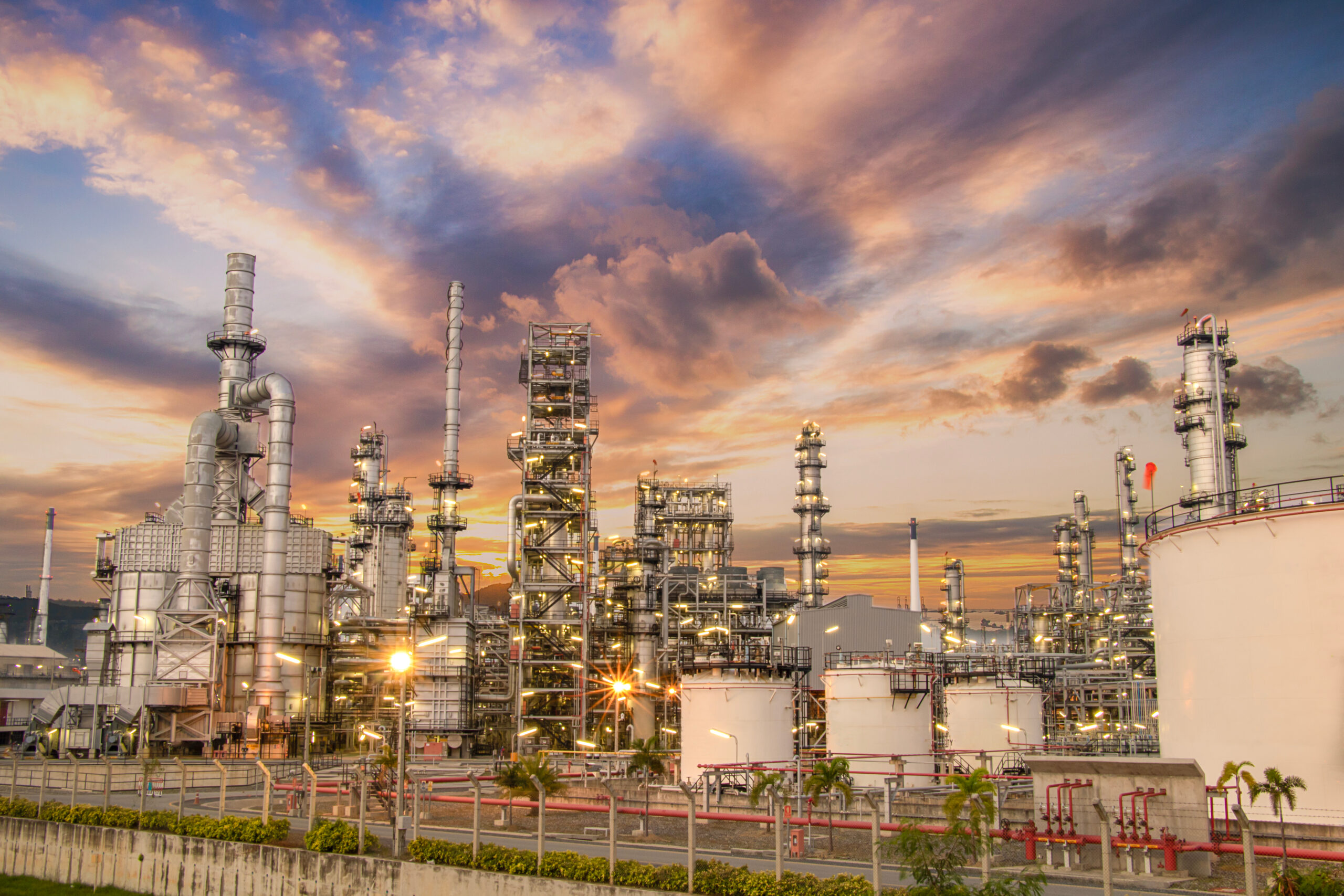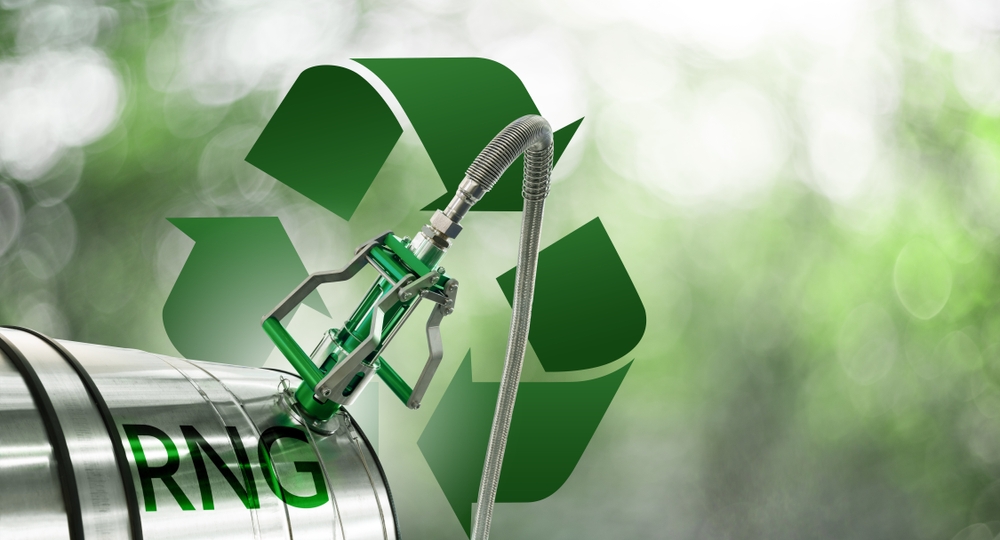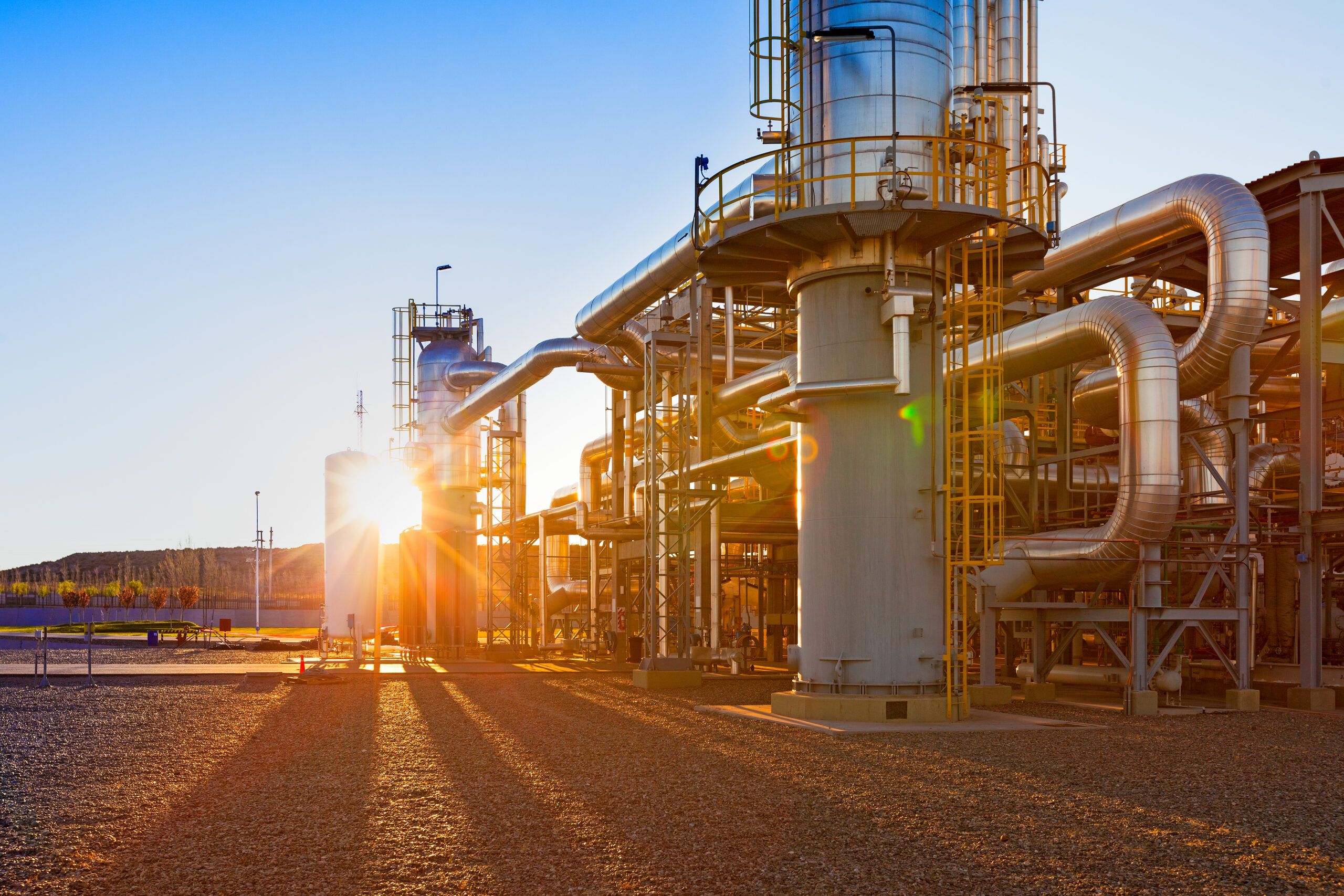
Monday, June 26, 2023
Sulfur and Carbon: A Plight in the Oil & Gas Industry
Wondering how amine plants work? They’re crucial for removing impurities like CO2 and H2S from natural gas. Learn more about…


Q2 Technologies Team
Experts in H2S Scavenging Solutions
With decades of combined experience, the Q2 Technologies team specializes in innovative hydrogen sulfide (H2S) scavenging solutions for the oil and gas, wastewater treatment, and industrial sectors.
According to a report by Grand View Research, fluctuations in crude oil prices and the growing number of mature oil fields in the U.S. are expected to result in a substantial surge in the adoption of enhanced oil recovery methods, aimed at improving the efficiency and effectiveness of oil production from wells. Additionally, the report highlights that the U.S. carbon dioxide market was valued at USD 3.19 billion in 2021 and is projected to grow at a compound annual growth rate (CAGR) of 8.4% from 2022 to 2030. These findings emphasize the significance of these factors in shaping the oil and gas industry landscape.
Understanding Sulfur and Carbon in Oil and Gas
Given the relevance of this forthcoming growth, we think addressing the challenges associated with sulfur and carbon in the oil and gas industry is important, this blog focuses on these two powerful elements. Extracted from crude oil and natural gas, sulfur, and carbon bring forth unique challenges, including handling difficulties, corrosion risks, health concerns, and environmental impacts. Understanding and effectively managing these challenges is crucial. In this blog, we will explore the showdown between sulfur and carbon and delve into the innovative solutions offered by Q2 Technologies to overcome these challenges.
The Impact of Sulfur: Corrosion and Pollution
In the duel between sulfur and carbon, sulfur emerges as a corrosive antagonist in the oil and gas industry. Sulfur compounds, found in crude oil and natural gas, pose a relentless threat to equipment, pipelines, and infrastructure. Their corrosive nature can cause degradation, leaks, and expensive maintenance issues, putting the operational efficiency and safety of oil and gas facilities at risk. Additionally, the health hazards of sulfur include respiratory problems and eye irritation for industry workers.
Environmental and Health Hazards
Sulfur compounds released into the atmosphere during oil and gas extraction can contribute to air pollution and the destructive phenomenon of acid rain. This not only harms ecosystems and vegetation but also corrodes infrastructure. Furthermore, sulfur dioxide emissions can have detrimental effects on human and animal health, leading to respiratory issues and other health problems. In response to these concerns, countries have implemented stringent regulations mandating the use of emission control technologies to reduce sulfur content in fuels.
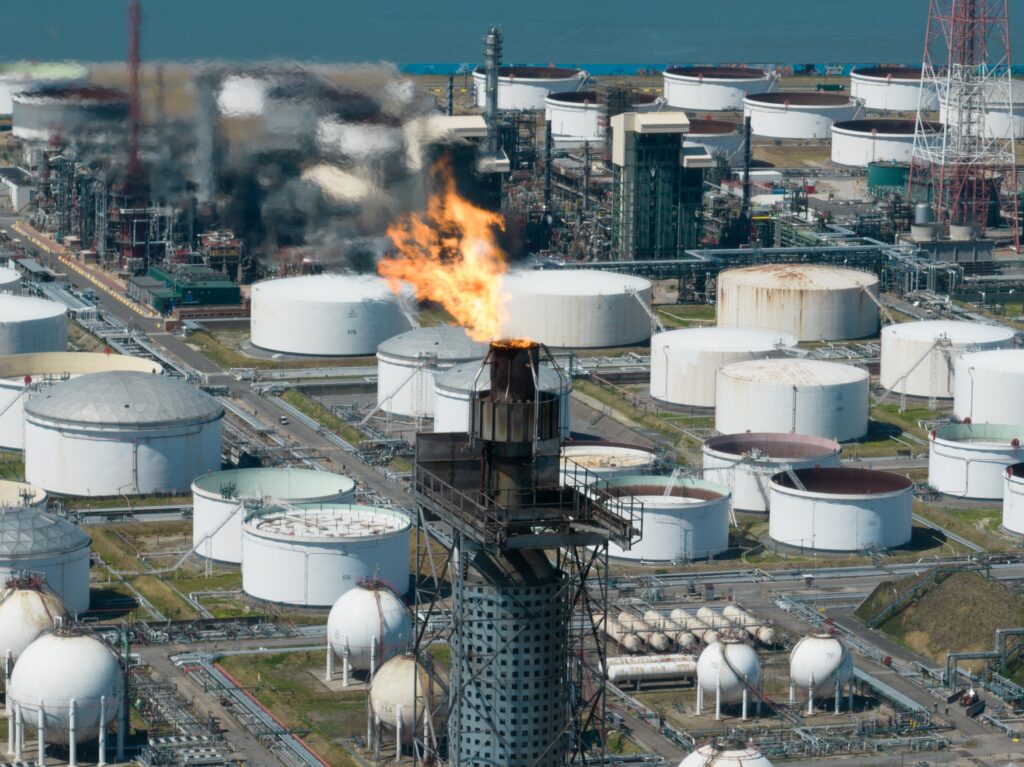
Carbon’s Role in Pipeline and Climate Challenges
As if it wasn’t enough, now carbon takes center stage as a significant risky element. As a vital component in energy production and industrial processes, carbon presents unique challenges that directly impact the industry’s infrastructure and operations. From the accumulation of carbon deposits causing blockages in pipelines to the potential corrosion risks associated with certain carbon compounds, the oil and gas sector faces the need to address these challenges head-on. To maintain their competitive edge and uphold environmental responsibilities, companies seek innovative solutions that excel in performance.
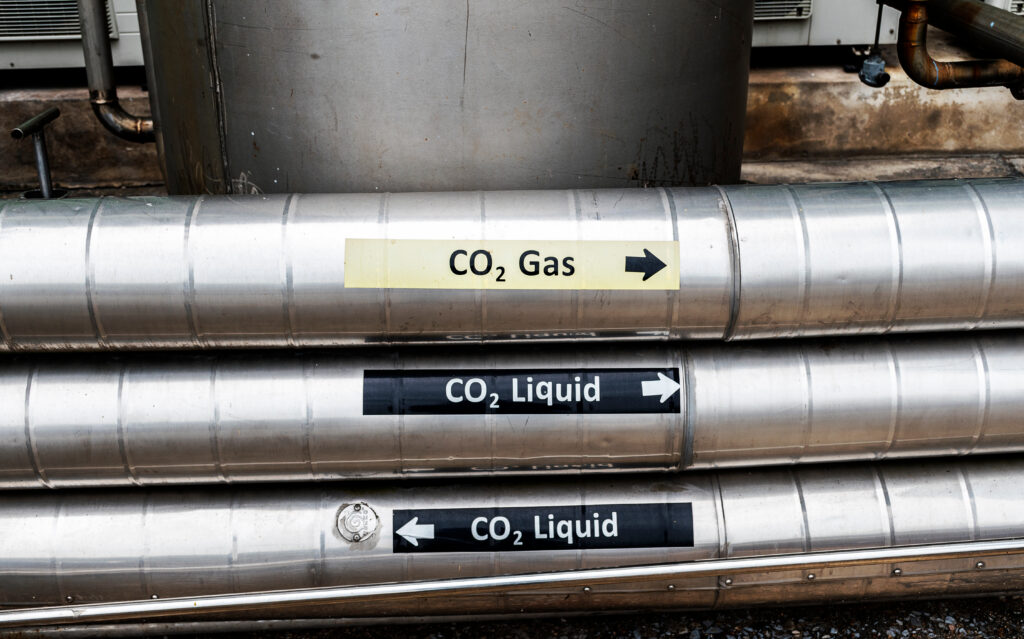
Risky Molecule Combinations: SO₂, CO₂, and More
The fight between sulfur and carbon gives rise to various molecule combinations, each with its own set of risks and consequences. Sulfur dioxide (SO2), a byproduct of sulfur combustion, poses significant health hazards and contributes to air pollution and acid rain. The corrosive nature of SO2 presents a tangible challenge for equipment and infrastructure, adding complexity to the operations of the industry. The detrimental effects of SO2 emissions must be carefully managed to ensure the longevity and integrity of critical assets.
On the other hand, carbon dioxide (CO2), the primary molecule combination resulting from carbon combustion, presents a critical challenge in the ongoing fight against climate change. The rapid increase in CO2 emissions is a concern for the industry, as it contributes to global warming and climate instability.
Furthermore, the combination of CO2 with water forms carbonic acid (H2CO3), which leads to ocean acidification. This process poses a threat to marine ecosystems, including delicate coral reefs. As greenhouse gases, carbon compounds such as carbon dioxide (CO2) and methane (CH4) play a significant role in exacerbating global warming and climate change. To address these challenges, it is crucial to focus on the capture and storage of carbon emissions.
Managing Sulfur and Carbon Disposal

Carbon Capture and Storage (CCS) and transporting sulfur and carbon require specialized infrastructure and handling procedures. Sulfur is commonly stored and transported in solid form, while CCS involves capturing and compressing CO2 for transport to storage sites. These processes come with significant costs and require careful planning. The disposal of sulfur and carbon byproducts must adhere to environmental regulations and sustainability practices, adding to the economic challenge.
Q2 Technologies’ Solutions to Sulfur and Carbon Issues
As the oil and gas industry grapples with the challenge of the Sulfur & Carbon issues, Q2 Technologies is taking on the mantle with the Pro3 series especially formulated to combat Hydrogen Sulfide, a toxic gas and common offshoot of Sulfur found in crude oil and natural gas. With its advanced chemistry and proven effectiveness, Pro3 series products extend the operational lifespan of equipment and infrastructure, reducing maintenance costs and enhancing safety within the oil and gas industry and most importantly, they remove H2S to avoid health risks and increase the value of the barrels. Further, in combination with assisting carbon sequestration in treating H2S in CO2 streams, the Pro3 Nano catalytic absorbent and engineered reactor units allow CO2 and other Carbon molecules to pass through unabated, thus allowing the Producer or Transporter of the CO2 stream to move the entirety of the stream to carbon sequestration wells.
Conclusion: A Cleaner Future with Pro3
In the dual effort to clean or remove both sulfur and carbon from oil and gas, Q2 Technologies emerges as a formidable competitor with our Pro3 series, offering advanced solutions to combat components of Sulfur and aid in carbon sequestration efforts. With our proven effectiveness, these products extend equipment lifespan, reduce maintenance costs, and enhance safety, while removing harmful substances and increasing the value of oil and gas production. To learn more about the oil industry and its challenges, check out our review of the Argus Conference here. By adopting responsible practices and innovative technologies like the Pro3 series, the industry can overcome the challenges posed by sulfur and carbon, paving the way for a cleaner, more efficient, and sustainable future in the oil and gas sector. To learn more about upcoming trends and the energy outlook for 2025, check out our full report here
FAQs
Exposure to sulfur compounds, especially hydrogen sulfide (H2S), can cause serious health issues such as respiratory problems, eye irritation, and in high concentrations, can be life-threatening. Proper detection and control are essential for worker safety.
CO2 contributes to corrosion in pipelines and equipment, increasing maintenance costs. Additionally, as a greenhouse gas, managing CO2 emissions is crucial to meet environmental regulations and reduce the industry’s carbon footprint.
Q2 Technologies provides advanced chemical treatments and monitoring solutions that reduce sulfur compounds and manage CO2 effects. Their products enhance safety, protect infrastructure, and support compliance with environmental standards.
Related Articles
HOW CAN WE HELP?
Have a question? Need a quote? Our technical staff is here to help you identify the right solution for your project requirements.



